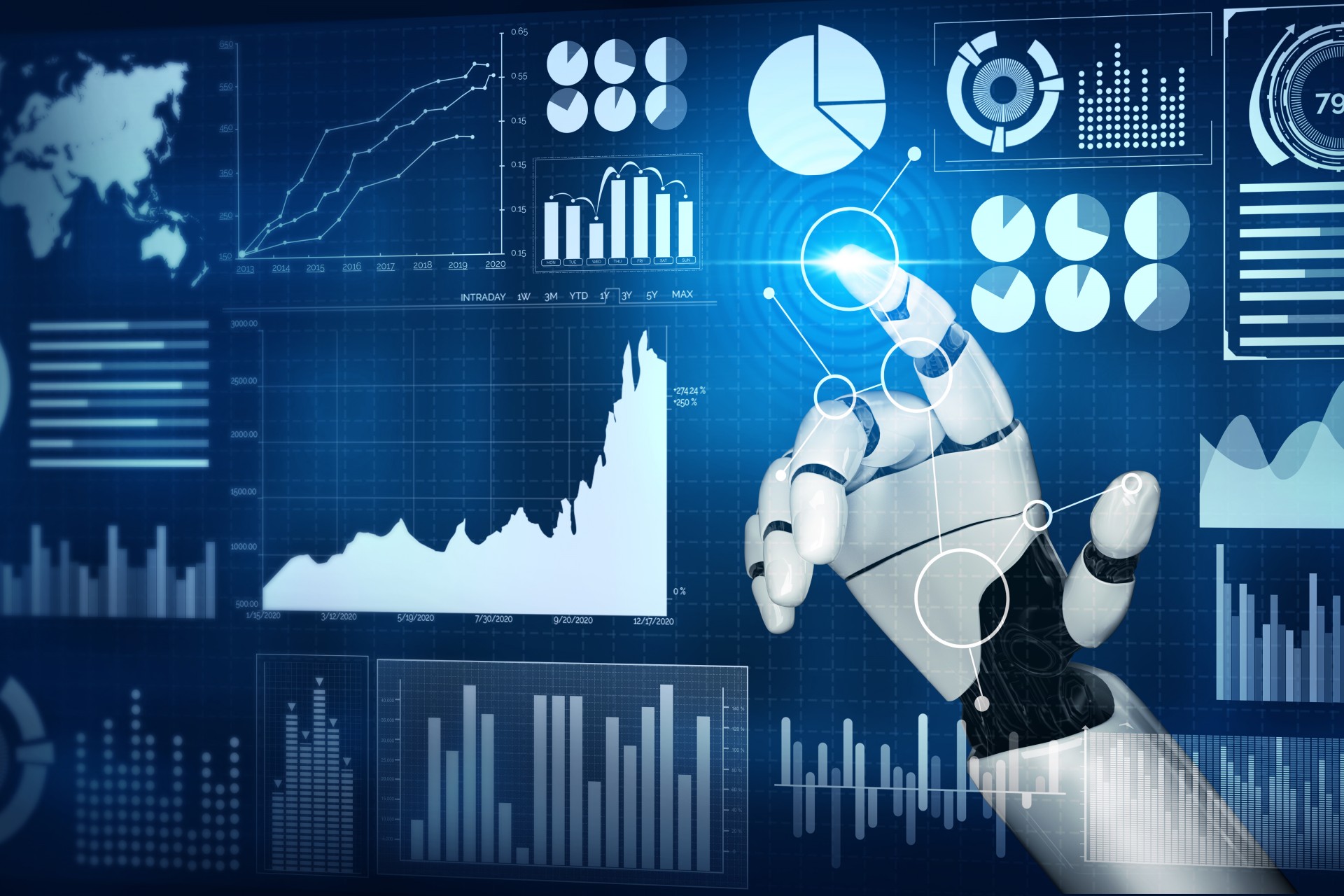
Artificial intelligence and security are two very important and interesting fields. Although there is a large body of work in each field, little attention has been paid to their integration. When thinking about artificial intelligence in particular, we have entered a stage where the "whitewash" is no longer interesting; we need to apply artificial intelligence to specific verticals and disciplines to benefit from the clear progress

Security has been considered very important for decades but is still not fully engaged and integrated into so-called “core business” functions. Recently, however, as organizations digitize, cloud computing has proven to be the core intermediary between customers, partners, employees, and various processes and experiences between these organizations, and security is getting its due attention. Nearly every organization is beginning to realize that true digital transformation success can only be achieved if security is ensured
Many organizations are still hesitating to what extent they need to continue to invest in security. With the emergence of AI and its operationalization, this will change - not only because AI is the ultimate expression of digital transformation (which means security), but also because attack vectors will multiply and be enabled by AI Gain strength. We are in the age of extreme speed
Therefore, the convergence of artificial intelligence and security can be viewed from two aspects - enabled security and disabled security, the former gives enterprises an advantage, while the latter provides attackers with a large number of wealth.
1. Access Control – Before Artificial Intelligence , UBA (User Behavior Analysis) is just pie in the sky. Now this has become a reality. Enterprises can eventually implement intelligent access control systems that dynamically grant and remove access based on user behavior.
Violation Awareness - Artificial intelligence turns crude pattern matching into intelligent analysis of previously unimaginable volumes of data. Rewritten content: 2. Violation awareness - artificial intelligence turns rough pattern matching into intelligent analysis of previously unimaginable amounts of data
Internal malfeasance refers to employees violating professional ethics and laws and regulations at work the behavior of. By combining the knowledge of an LLM with no-code/low-code tools, security analysts are able to build threat models more efficiently. This approach can help organizations better identify and respond to internal malfeasance, protecting the interests and reputation of the enterprise. Attackers are constantly improving their ability to trick targets into leaking LLM information
3. Sophistication of attack patterns – Artificial intelligence enables attackers to make the same data analysis improvements as enterprises. As a result, attack patterns have become more efficient and attack vectors have grown exponentially
In fact, the worlds of artificial intelligence and cybersecurity are intertwined and connected. Both areas must be understood as important parts of the business "operating system". As IT and business merge into one, security and artificial intelligence are becoming watchwords.
However, what makes security different from other fields is that artificial intelligence can not only help enterprises pursue safe operations, but also help bad actors seek to destroy or create chaos
The above is the detailed content of Artificial Intelligence and Security: Closely Connected Partners. For more information, please follow other related articles on the PHP Chinese website!




